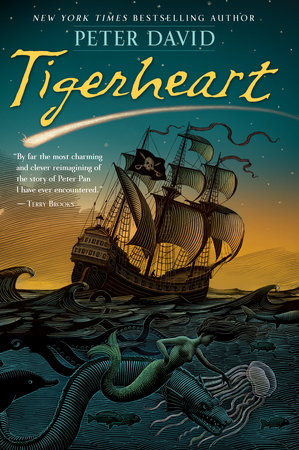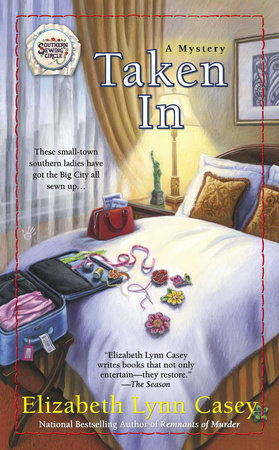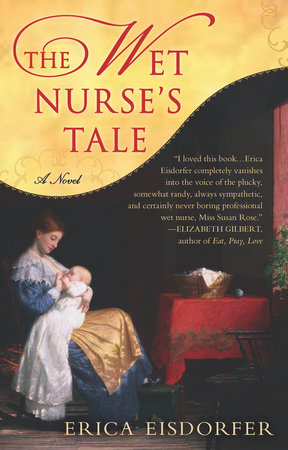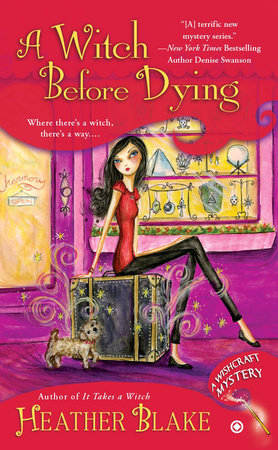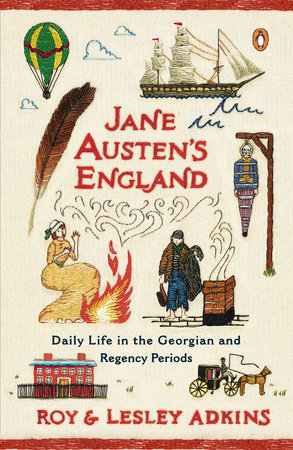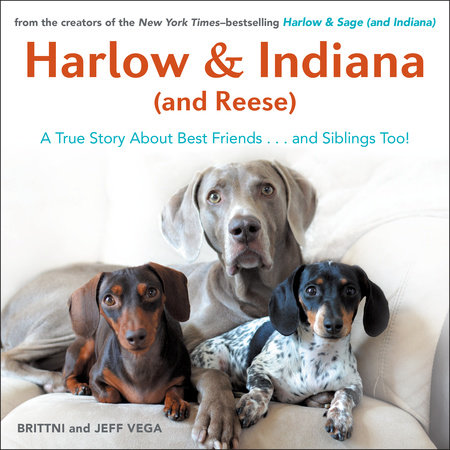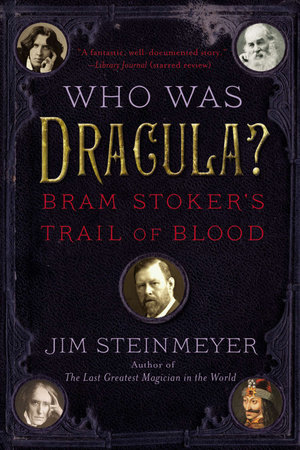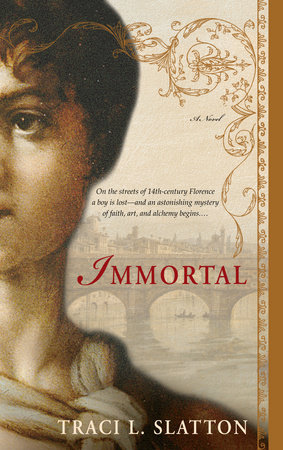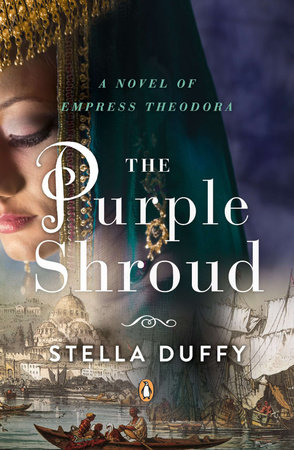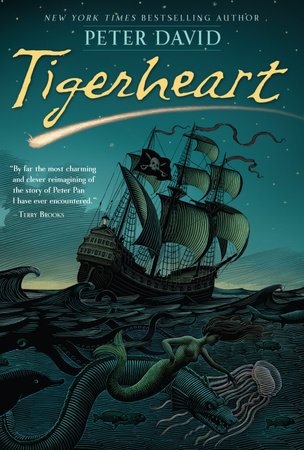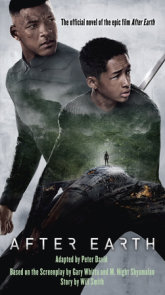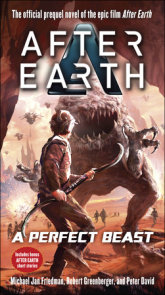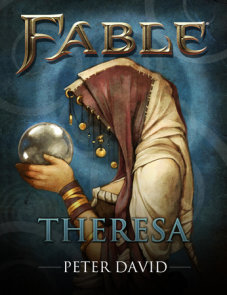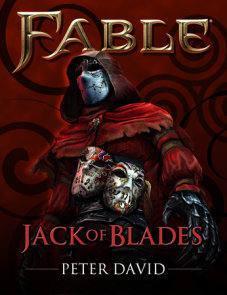Author Q&A
Interview with Peter David author of Tigerheart
Question: What is the relation of Tigerheart to Peter Pan, exactly? And what inspired you to borrow Barrie’s voice and subject matter?
Peter David: Peter Pan had always been one of my favorite books (which is, I would think, the case with many people.) And as writers are wont to do when they’re wandering around in other people’s worlds, they start to wonder what they themselves would do there if they had the opportunity. As Peter Pan fell into public domain, I started working up a story. But as it developed, I started to realize that it was really Paul Dear’s story, not Peter Pan’s. And since Peter Pan’s monumental ego would certainly not allow a story to feature him as a supporting character, he slowly began to back away from it with a mild sneer and a mocking sweep of his nonexistent hat. So I decided that it would be better and fairer for all concerned to create pastiche versions of Peter and company. In a way, it allowed me the best of both worlds: To put the Barrie characters through their paces and have developments that might be considered surprising or even shocking if it were to happen to Pan and company…but because they’re actually original characters, there’s more leeway. Think of it as a sort of respectful distance. As for borrowing Barrie’s voice, the snarky answer is of course that he wasn’t using it, so why not? But really, it was just something that developed as the writing progressed. What made the original work in the first place was the dreamlike narrative that accompanied the dreamlike environment. To my mind, that was the only way to make it work; otherwise you rob Barrie’s world of what made it special.
Q: Does your Anyplace subsume Neverland? That is, could Neverland be found within the Anyplace?
PD: The Neverland and the Anyplace are different names for the same place. To me, that seems perfectly reasonable. Different cultures have always had different names for the same concept. Asgard or Mount Olympus, it’s still the home of the gods. Is the city that sank beneath the sea called Atlantis, as per Plato, or is it Tir na nÓg, as Irish legend would have it? One does not preclude nor replace the other. So it seems reasonable that a dreaming land should likewise have varied names.
Q: Some people might feel resentful at seeing yet another beloved classic either updated or re-spun. How do you respond to such criticisms?
PD: I would say that once upon a time, the tales of King Arthur and his knights were fairly new. And then subsequent authors and poets came along and produced their own twists and turns, their own quests and knights, and that continues to this day. This is how modern myths are built. Some characters become mythic figures as they weave their way into our consciousness. To all intents and purposes, they transcend their creators. Only the truly greatest literary figures manage to accomplish that feat. By producing continuing adventures in the vein of James Barrie and his creations, we’re simply continuing the tradition of myth building that goes back centuries.
Q: Why is Peter Pan an important book, and Peter an important character, for you personally–aside from your shared first name?
PD: It’s important because it meets the measure of any true classic: It speaks to new generations in new ways while retaining all the elements that made it great. Just as Sherlock Holmes is still recognizably Sherlock Holmes, even if he walks with a cane and goes by the name of “House,” Peter Pan is recognizable as Peter Pan no matter how he is reinterpreted. As for the personal connection, probably I got hooked on Peter Pan watching the annual airing of the musical starring Mary Martin. I looked forward to that every year. Youngsters nowadays, who can throw on a DVD of anything they feel like watching, really can’t quite understand what it was like to have the annual viewing of Wizard of Oz and, yes, Peter Pan. But for me it was a big deal. I lived for that moment when the windows would burst open and Peter would come hurtling through into the nursery.
Q: How does the Boy of Legend, a.k.a. The Boy, differ from the Boy Who Never Grew Up, a.k.a. Peter Pan?
PD: Although they begin from the same baseline of being self-obsessed, they have different priorities. Peter is interested purely in finding a mother figure, but The Boy is seeking something very different: He’s seeking a friend. He’s actually one step closer to growing up than Peter Pan was. Whether, of course, he does so is something you’ll have to read the book to discover.
Q: What did you think of the movie Finding Neverland? Did that at all influence the writing of Tigerheart? What about Spielberg’s Hook?
PD: I thought Finding Neverland was brilliantly put together, with great performances from all concerned. And I have to admit I was amused that Dustin Hoffman was the producer in Finding Neverland and then the title character in Hook. I enjoyed both films, but neither was really much of an influence on Tigerheart, except in the sense that in both Hook and Tigerheart there are twists on some of Barrie’s original dialogue.
Q: Is Paul Dear, the eponymous hero of Tigerheart, based on an actual boy?
PD: Well, he shares my initials. Also, when I was very little, my mother had a miscarriage. I was too young to know about it at the time, but when I was a bit older, maybe nine or so, my mother happened to mention it to me. And I thought about it a lot for a very long time at that age, because it was the first introduction to my young mind of the thought that not all pregnancies end well. So Paul’s experiences with what happens with his mother, plus some of the ways he views her pregnancy, are drawn from my own childhood. In some ways Paul is very naïve. But then, so was I, and as always, one should write what one knows.
Q: Many of the characters of Tigerheart are recognizable takeoffs on characters from Peter Pan. Captain Hack, for Captain Hook; Fiddlefix, for Tinkerbell; Gwenny, for Wendy, and so on. But the white tiger, which gives Paul his nickname of Tigerheart, seems like a new element. Where did you get the idea for the tiger?
PD: I’m honestly not sure. The White Tiger had his roots in the notion that there were wild beasts running around Neverland (later the Anyplace), but he just sort of developed as the story progressed. I wanted to have there be some tangible connection between Paul and the Anyplace, and the White Tiger was it. Originally he was just a character mentioned in passing, but he wound up becoming a dominant supporting character in the book. Everyone seemed to connect with him. Even my teen daughter, Ariel, did. She was the one who, after reading the book and we were kicking around possible titles (since the one I’d come up with turned out to be the same as another book being published around the same time), came up with the title Tigerheart. I liked it so much that I wound up doing rewrites on the manuscript so that the name would be incorporated into the body of the work, since it didn’t exist before in the book as such.
Q: It’s a stroke–if you’ll pardon the pun–of genius to bring a female pirate into the story: Captain Slash, the sister of Captain Hack. Tell us about Slash!
PD: Mary Slash (Peter/Paul/Mary, get it?) had her origins in a character mentioned in passing in the first chapter of Barrie’s original work: A little old woman with a crooked nose. We never see or hear of her again in the book, and somehow she just cried out to be built upon. Also, in most theatrical productions of Peter Pan, there is a direct link between the Darlings’ father and Captain Hook (typically it’s the same actor). So I wanted to draw a connection between Paul’s mother and a piratical character, and that all came together into Mary Slash.
Q: One difference between you and Barrie seems to be your take on growing up. With Barrie, one gets the sense that he very much envies Peter Pan. I don’t think that’s an accurate summation of your attitude toward the Boy. Could you talk a little bit about this aspect of the book?
PD: I’m coming at it from a different angle than Barrie. If historians are to be believed, Peter Pan has his origins in the fact that Barrie had a younger brother who died. He “never grew up.” The character that I most connect with, by contrast, is Paul (again, a solid reason why it shouldn’t be a “Peter Pan book” but instead a pastiche.) I think The Boy is in fact aware that he’s missing something by not growing up, which Barrie’s Pan never is. But his pride is too monumental, and his hurt by his perceived rejection by his parents (barring the window to his return) makes it impossible for him to embrace the notion of growing up. To him, adults are villains because of what was done to him, and if he grew up, he would become the enemy. He could never allow that. Perhaps he’s suffering from Peter Pan complex.
Q: At one point, when the Boy is at a low ebb, he is restored to vim and vigor after a night spent alone with Princess Picca. I don’t suppose you can reveal what really goes on in that tent between Picca and the Boy?
PD: Princess Picca demures by referring to it as “Indian Way.” I think out of respect to her wishes, I’ll keep silent about that.
Q: Will we see more of Paul Dear and the Boy of Legend?
PD: The door is certainly open for it. Perhaps someday we’ll step through it.
